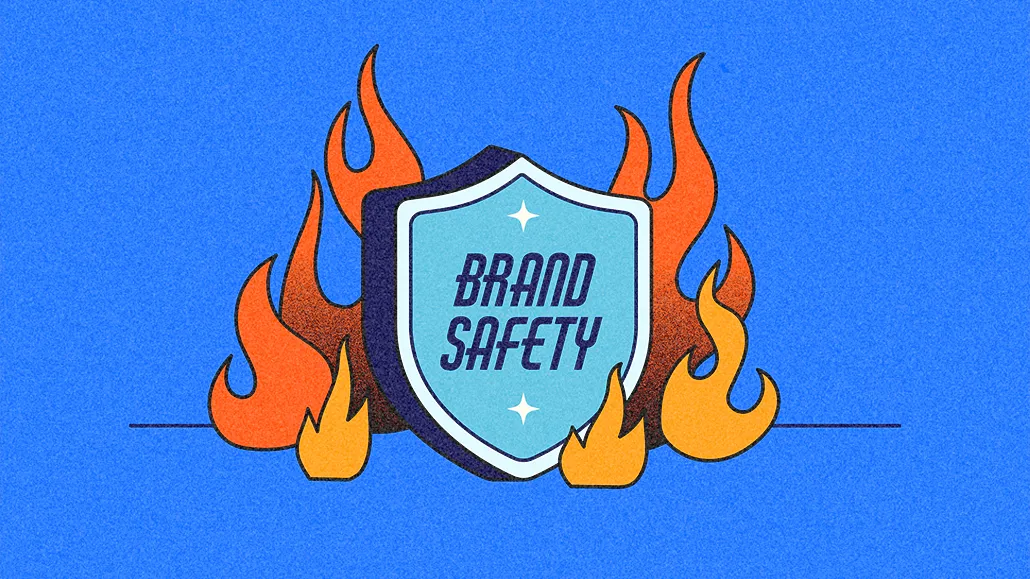Marketers will face an unprecedented combination of reputational risks this year, including rising ad spend in high-risk digital environments, the proliferation of generative AI technology, polarising political discourse, and social platforms with inadequate content moderation. In this ebook, eMarketer expands on the advice from their Brand Safety 2024 report and offers four steps that brands can take now to reduce their risk.
STEP #1 Don’t assume brand risks are limited to social media. Social media ranked highest on the Video Advertising Bureau’s (VAB) brand safety risk spectrum, but news and entertainment sites, gaming apps, and streaming services are also vulnerable. Linear TV and cinema are the only two fully transparent ad environments, putting them high on the brand safety ranking.
STEP #2 Avoid advertising in venues known to traffic in disinformation and misinformation, especially AI-generated content. Widespread access to generative AI tools could lead to increased levels of misleading content, particularly during election season. For example, in January, a fake robocall from President Joe Biden urged New Hampshire residents not to vote in the state’s Democratic primary.
STEP #3 Be selective about posting organic content on social media, especially on platforms that don’t have robust content moderation policies. Nearly two-thirds (64%) of US adult internet users think social media feeds are the information source on which disinformation and fake news are most widespread.
STEP #4 Audit your brand safety protocols. Beyond understanding which channels present the most risk, brands should continue to review and update their brand safety protocols. This may include taking stock of the platforms and partners you work with, staying familiar with brand safety standards (such as those from the American Association of Advertising Agencies and the Interactive Advertising Bureau), and developing actionable plans and procedures.

